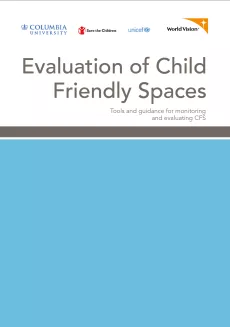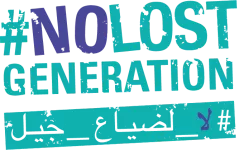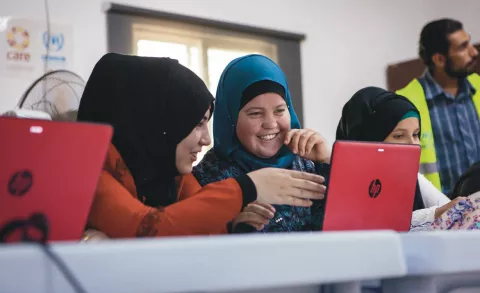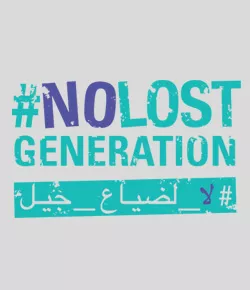Evaluation of child friendly spaces: tools and guidance for monitoring and evaluating CFS
Columbia University, Save The Children, UNICEF and World Vision
Highlights
Child friendly spaces (CFS) are safe spaces where communities create nurturing environments in which children can access free and structured play and learning activities. CFS, also commonly referred to as Child Centred Spaces or Safe Spaces for Children, may provide educational and psychosocial support and other activities that restore a sense of normality and continuity for children whose lives have been disrupted by war, natural disaster or other emergency situations. They are generally designed and operated in a participatory manner, often using existing physical spaces and seeking to connect to local community resources and activities. They may serve a specific age group of children or a variety of age ranges.
Even though they are one of the most widely used interventions in emergencies for child protection and psychosocial support, little evidence documents their outcomes and impacts. There is widespread commitment among humanitarian agencies to strengthen the evidence base of programming. Recognizing this, the Child Protection Working Group (CPWG) of the Global Protection Cluster and the Inter-Agency Standing Committee (IASC) Reference Group on Mental Health and Psychosocial Support in Emergency Settings have identified research in this area as a high priority.
In response to the commitment to strengthen the evidence base for humanitarian practice and the prioritisation of CFS as a key area for research, World Vision and Columbia University, working with Save the Children, UNICEF and others, engaged in a collaborative project to document the outcomes and impacts of CFS and develop capacity for rigorous evaluation. A series of impact evaluations were carried out over three years in multiple countries. The findings were published in a research report.
This document draws on the learning and experience of the project to provide practical guidance to child protection and MHPSS practitioners for monitoring and evaluating child friendly spaces. It presents tools for planning and implementing monitoring and evaluation of CFS. For each tool, the objectives are explained, along with insights and lessons on the usefulness of the tool based on the learning and experiences of the evaluation teams.



